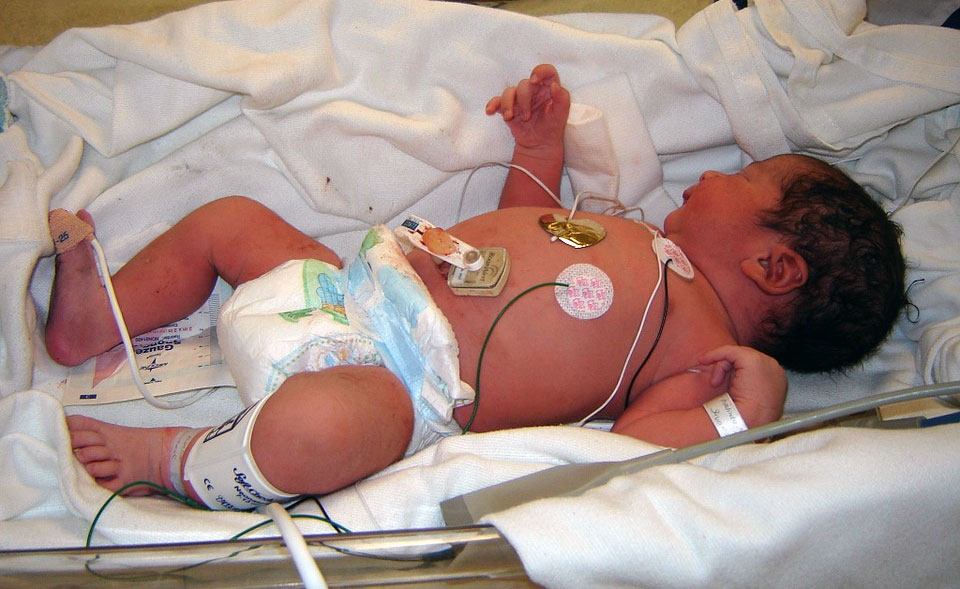Birth injuries are more common than you might think. In this article, we uncover the shocking statistics that reveal the harsh reality of birth injuries. Brace yourself for an eye-opening look at the numbers.
The Prevalence of Birth Injuries
Birth injuries affect thousands of newborns each year, leaving families grappling with the aftermath. These statistics shed light on the widespread nature of the issue:
- Approximately 6 to 8 out of every 1,000 babies born in the United States experience a birth injury.
- This translates to roughly 28,000 birth injuries annually in the country.
- Globally, birth injuries impact an estimated 6 million newborns annually.
Financial and Emotional Costs
Birth injuries come with substantial financial and emotional costs. Consider these alarming figures:
- The average cost of medical care for a child with a birth injury can reach $500,000 or more over their lifetime.
- Families dealing with birth injuries face emotional and psychological challenges, with 1 in 3 parents experiencing symptoms of post-traumatic stress disorder (PTSD).
Long-Term Consequences
Birth injuries can have lifelong consequences for both the child and their family. The statistics paint a sobering picture:
- Cerebral palsy, often linked to birth injuries, affects 1 in 323 children in the United States.
- 1 in 1,000 newborns experiences a brachial plexus injury during birth.
- Approximately 15% of infants with untreated jaundice develop kernicterus, a severe and often preventable condition.
Medical Negligence and Legal Battles
When birth injuries result from medical negligence, legal battles can ensue. These figures underscore the legal implications:
- Medical malpractice lawsuits related to birth injuries account for a significant portion of medical negligence cases.
- Birth injury lawsuits often result in substantial settlements, with some reaching into the millions of dollars.
Birth Injury Awareness and Prevention
Raising awareness and taking preventive measures are vital. The following statistics highlight the importance of proactive efforts:
- Many birth injuries are preventable, with up to 50% being attributed to preventable factors.
- Awareness campaigns and educational programs have been successful in reducing the incidence of certain birth injuries.
Conclusion
The statistics surrounding birth injuries are indeed shocking. Behind each number is a real child and a real family facing life-altering challenges. By understanding the prevalence of birth injuries, we can work together to raise awareness, improve medical practices, and ultimately reduce the toll of these devastating events.

